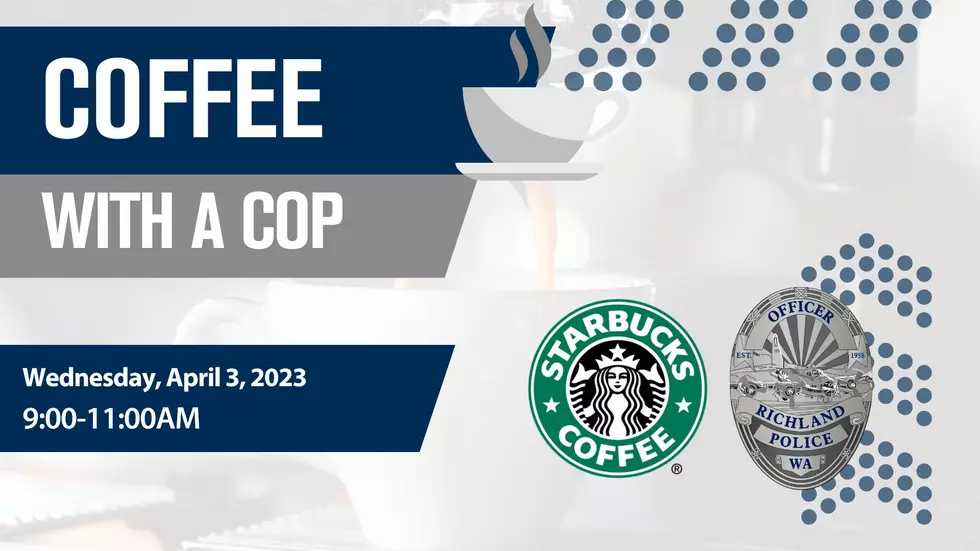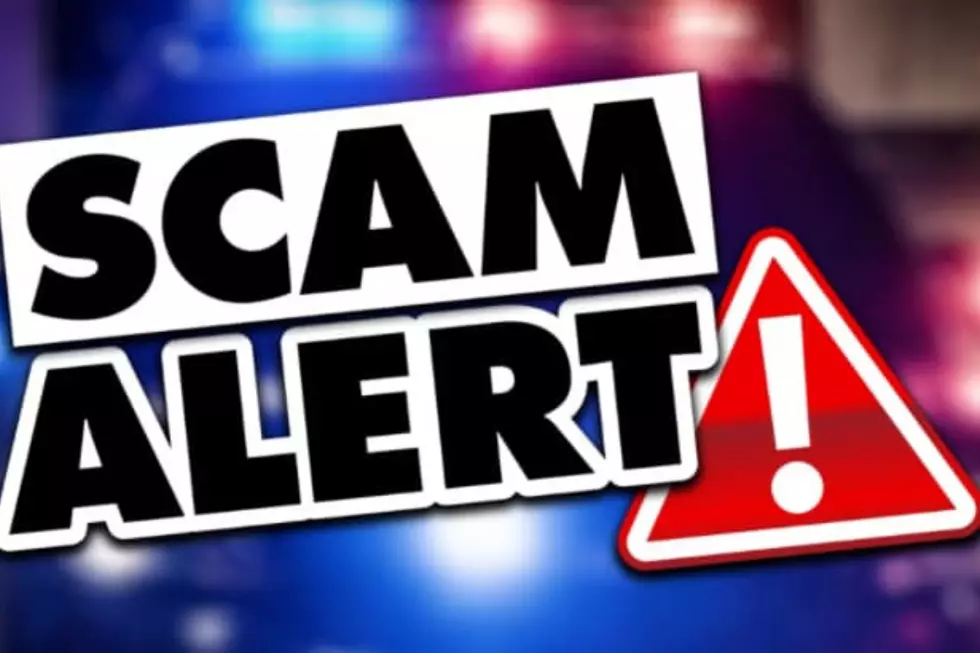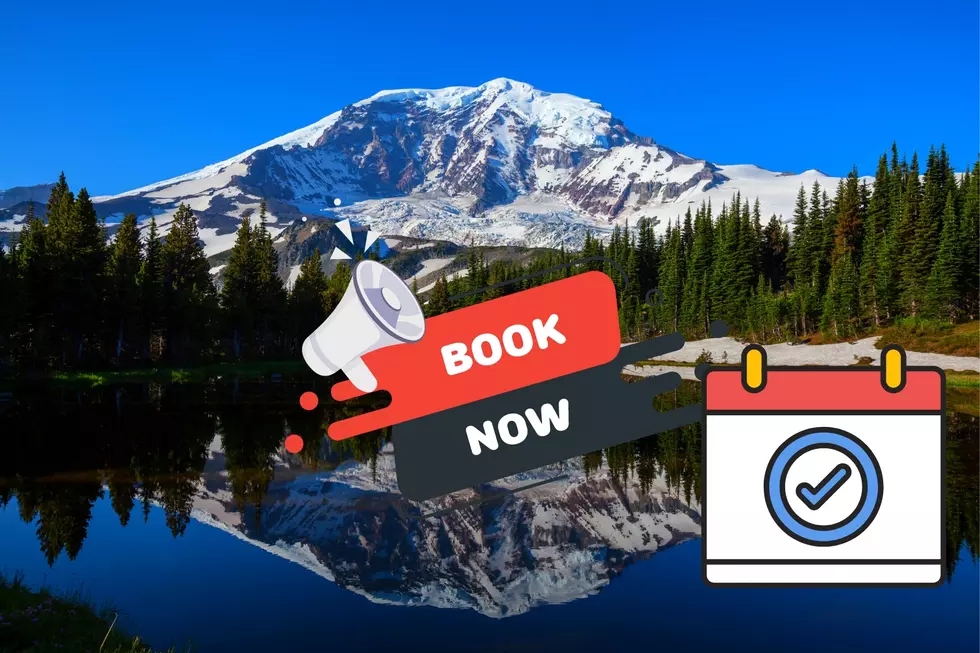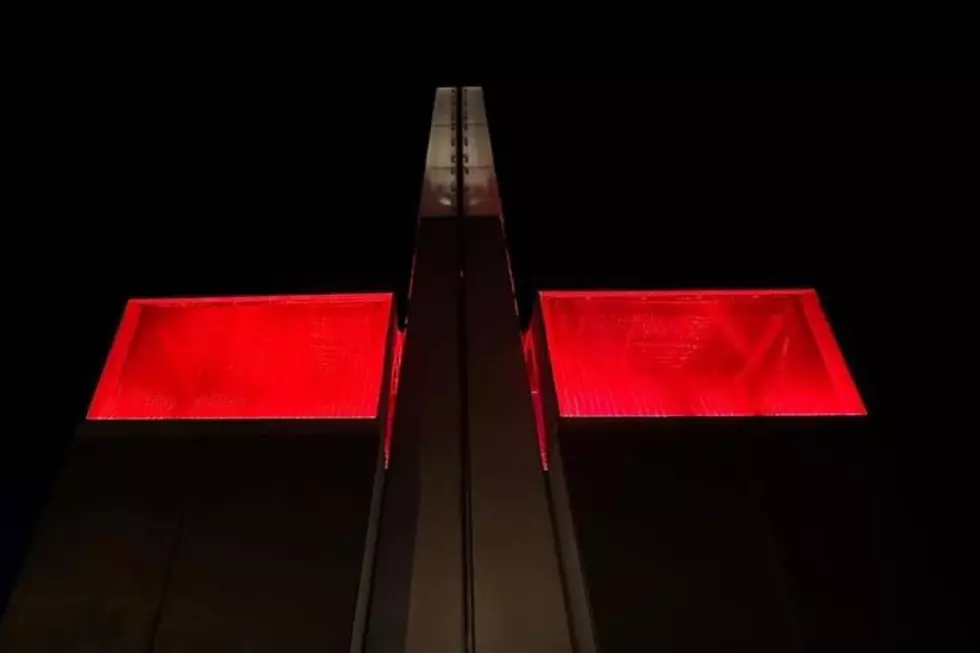
Chelan PUD Trying To Keep Migratory Birds Off High Voltage Lines
Chelan PUD is dealing with birds that are currently in North Central Washington to nest and hatch baby chicks.
Migratory osprey are attracted to tall structures such as power poles for nesting, which can raise the risk of fire and power outages, and be dangerous to the birds.
PUD Wildlife Biologist Kelly Cordell says federal law - the Migratory Bird Treaty Act - places restrictions on what they can do with the birds.
"We're trying to move them from a dangerous, risky location into somewhere that's very safe," Cordell said. "And we can do that early on in the nest period. Once they have eggs in the nest, then we're kind of stuck.
The PUD has seen a nearly 500 percent increase in osprey nests since 2006. That's the year they started a program to keep osprey away from high voltage power lines.
"We'll actually build a standalone nest platform that's entirely out of our distribution system and get these birds off of an energized system and to somewhere safe, Cordell said. "Because we want the osprey to be safe and we want our lines to be safe. We want to keep the power on."
The PUD's nesting platform program started with 10 platforms in 2005 as part of the utility's Avian Protection Plan. That number has now grown to 56 platforms to handle nesting osprey before they head to South America for the winter.
Meanwhile, Canada Geese, which normally nest on the ground, have overtaken some osprey nests in recent years.
The Geese lay their eggs weeks before osprey return from their annual migration, which crowds out the osprey who have to search elsewhere to nest.
The PUD says it's responded by having its line crews place covers over the osprey nests during March to keep geese out until the osprey return. The covers are then removed when the osprey arrive in early April.
“The monitoring keeps us all very busy in the spring.” Cordell said. “We’re working with our partners at the Washington State Department of Fish and Wildlife to find more solutions for managing goose and osprey conflicts.
More From 610 KONA





![[Photos] See How WSDOT is Balancing Stormwater Pollution & Habitat](http://townsquare.media/site/134/files/2024/04/attachment-Untitled-design-41.jpg?w=980&q=75)



